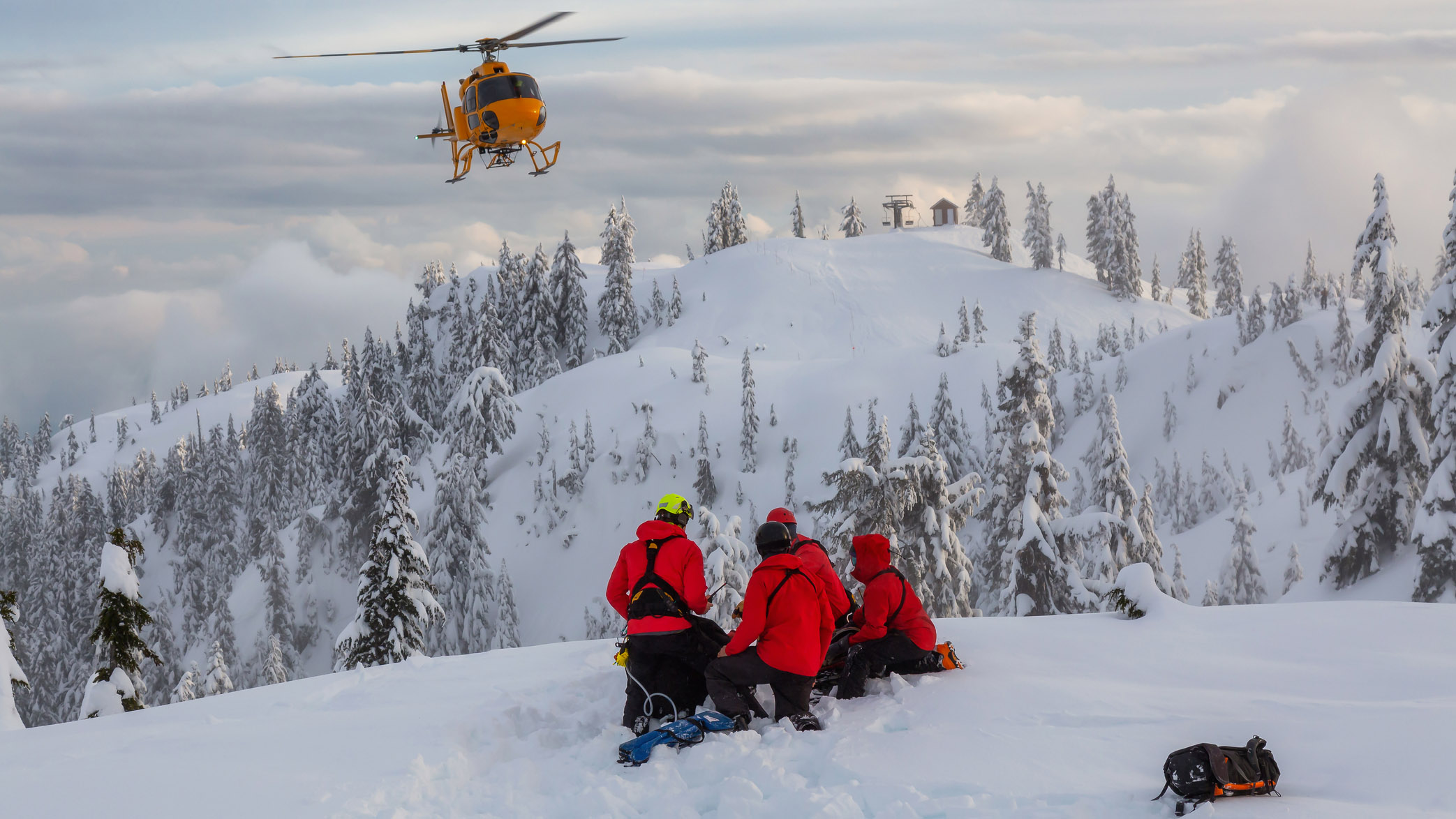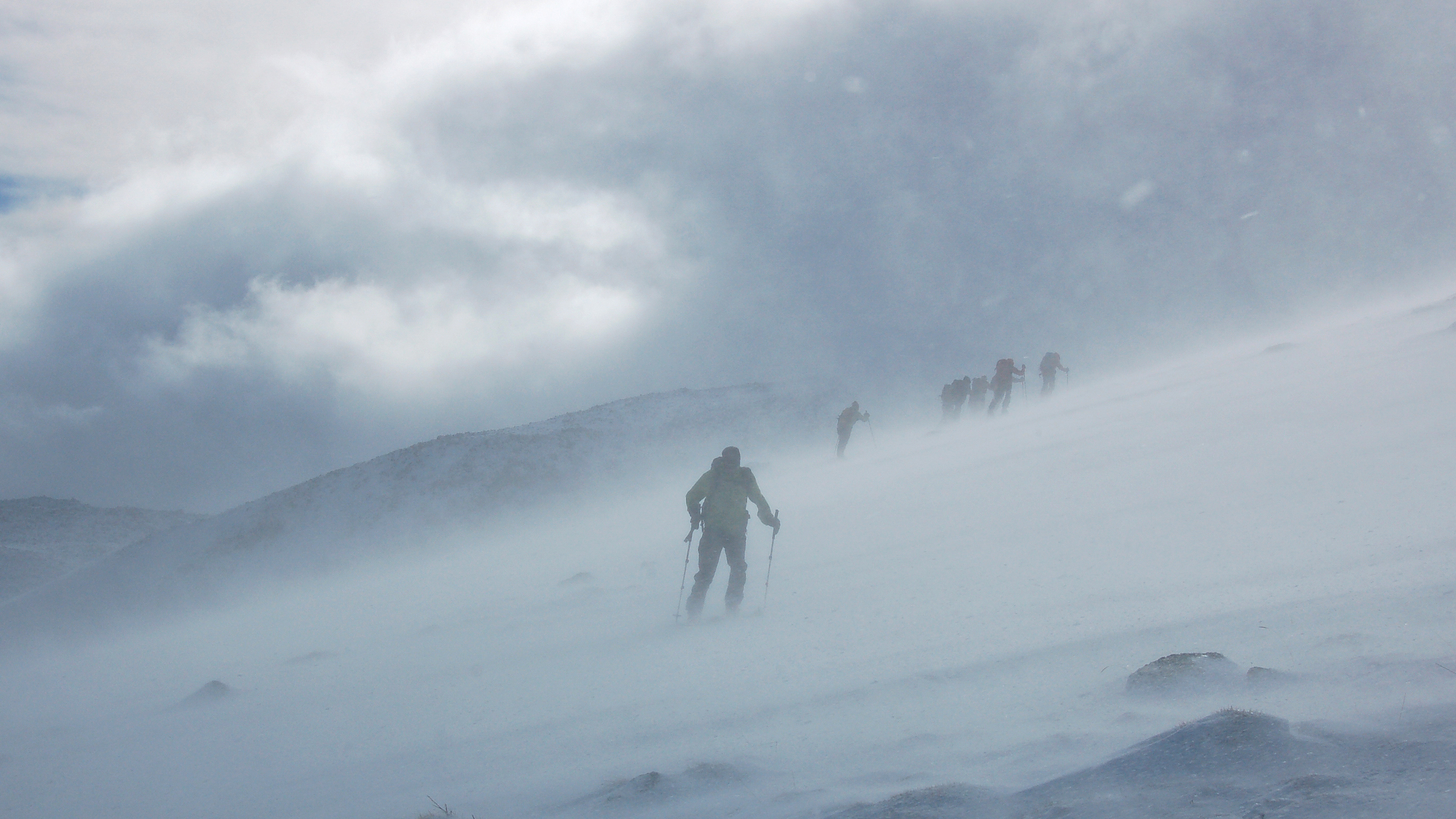
A 33-year-old New York City man is lucky to be alive after spending a frozen night huddled in a remote drainage waiting for mountain rescue. The man set off to summit three of the 46 High Peaks in the Adirondacks – Mount Marcy, Skylight and Gray – on Friday morning, despite a snowstorm in the forecast.
In an interview with NCPR, rescuer Robbi Mecus estimates that when the man set out on his hike, there were probably four or five feet of snow on the top of Marcy, which he managed to summit at around 1:30 p.m. before realizing he would not be able to complete the remaining two peaks. The hiker was reported missing at 9:45 p.m. on Friday, however, Mecus explains that finding him proved challenging, given his location and the worsening conditions.
"He was in a location where people don't normally wind up," says Mecus, explaining that had they not been able to see his footprints in the snow, which were rapidly disappearing due to the storm, it may have been several days before rescue crews searched that area.
"If we were 3 - 4 hours later, we would not have seen his tracks and we would not have found him. I think it's important to note just how lucky that was."
When crews managed to reach the man at around 10:30 a.m. on Saturday, they found him alert and conscious but soaked through after having falling through the drainage multiple times as he reportedly tried to follow it uphill.
"He stopped when it got dark and found a small hole in the snow between a boulder and a root. He was able to crawl into that hole and rest there but his clothes froze to the outside of his body and his boots were frozen his feet," recalls Mecus.
"He was not really able to help himself at that point, he couldn't use his hands. He couldn't do anything other than stand there."

Mecus warns that, because the majority of winter hikes end successfully, many hikers get lulled into a false sense of security and don't bring critical gear that could save their lives such as an emergency blanket or bivy, and spare clothing like a down jacket, extra socks and waterproof clothing.
"I don't think people often realize how closely they tread the line between a successful day out in the mountains and tragedy," says Mecus.
"If you're prepared to spend a night in the woods and something does wrong, like let's say losing a trail, it doesn't have to be a life-threatening ordeal."
Though the calendar says it's spring, winter conditions persist at higher elevations and it's important to check the mountain weather forecast and conditions before every hike and set off prepared, with gear such as crampons and a compass. Learn more in our article on winter hiking safety.







